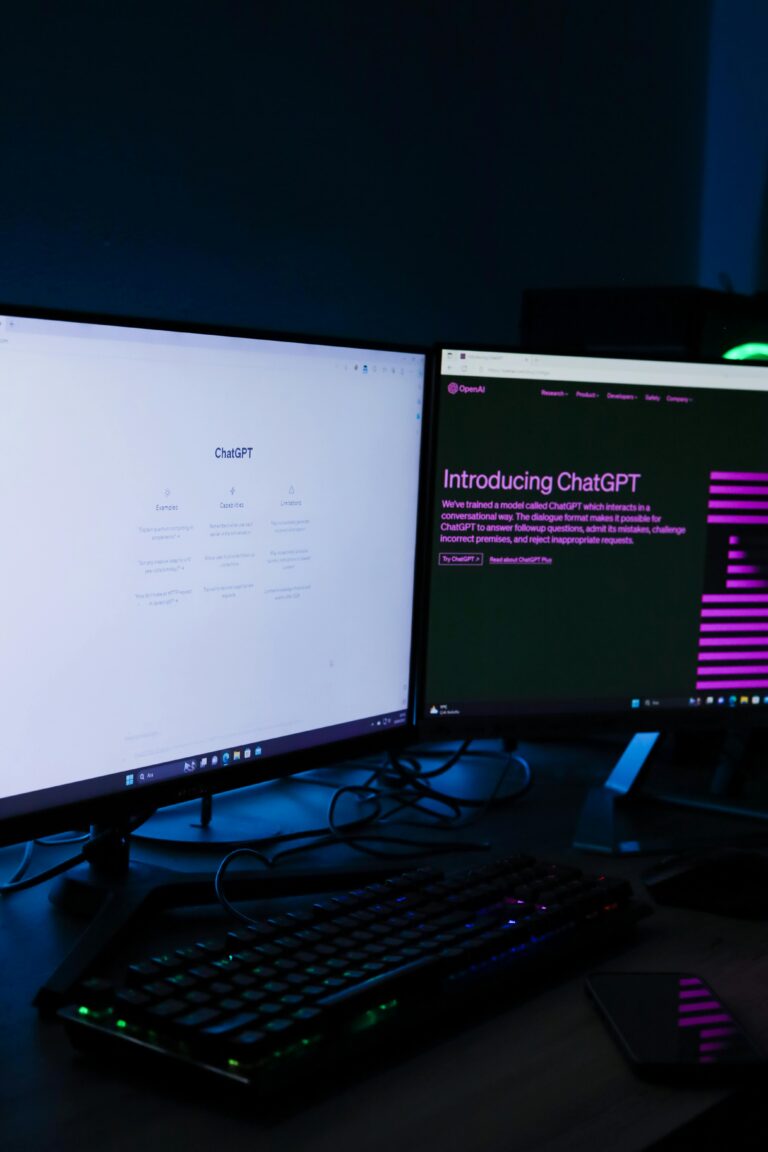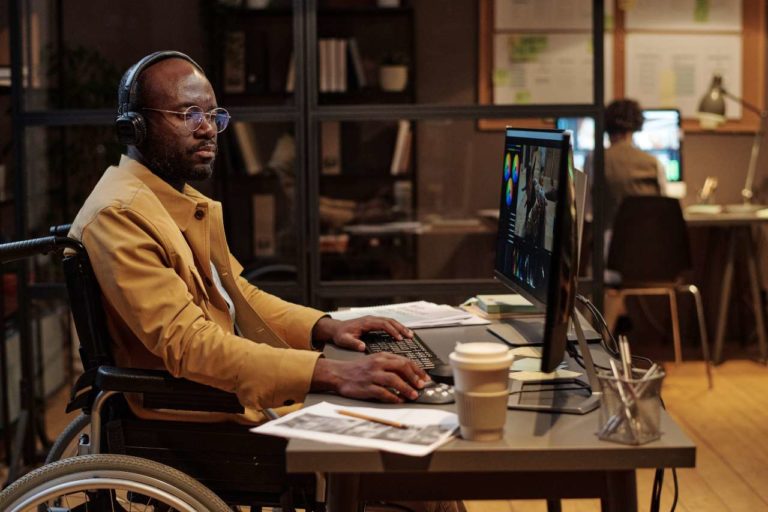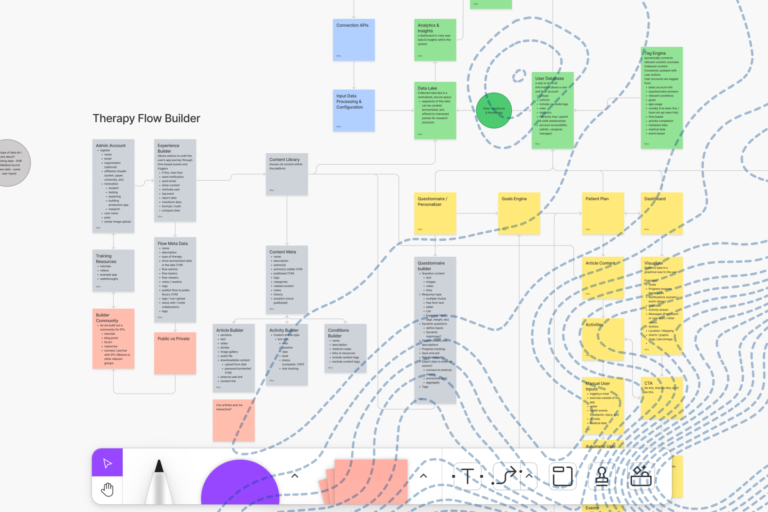Take a look at any Arcweb designer’s desk and you’ll see a sketchbook. Pop in on any Arcweb design meeting and you’ll see even more. The takeaway? We sketch. A lot. And even though sketching is often overlooked as too slow and too sloppy in the digital realm, it is critical to the Arcweb design process and a tactic that has time and again proven to positively impact project after project.
It’s Nothing New
Every analog product designer sketches. If I designed cars for a living (unabashed secret desire), I’d begin my work with sketches. I’d then rope input from the mechanical engineering department into the sketches to satisfy aerodynamics, engine placement, wheelbase, etc. Then we’d get to utilizing software. Thus it stands to reason that digital product design requires the same flow: sketch, engineer engagement, software.
Back To Why We Sketch
Sketching allows us to rapidly visualize an idea into a product. It lets us show use case flow and interaction. It helps us identify dead ends and potential hurdles. Think of a movie storyboard. An effective movie storyboard takes you on a real journey. It creates a narrative arc, shows action and leaves you pumped to see the actual movie when it’s done. By delivering sketches to our engineers, they’re able to gain substantially more context and understanding with regards to the design thought process—just like a movie director digesting a storyboard.
But perhaps one of the most valuable spoils of sketching is technical. As we bounce sketches off our engineers, they are able to provide early functional feedback: Technically we’d need to do it this way instead of what you’ve sketched out here… From a development perspective, we’d need to slightly modify this use case that’s sketched out. That sort of technical design feedback—before we’ve even sat down at the computer—is invaluable.
Sketching doesn’t just stop after the early stages of a project. Our designers are sketching throughout every phrase. They are iteratively speaking to their dev counterparts through roughened lines and description arrows. This has created a better, faster build process here at Arcweb which results in…
Customer Value
Ultimately, we sketch because it’s of value to the customer. Sketching reduces idea-to-market time. It helps us spot problems before they even have a chance to become problematic. It helps us refine and reduce scope. (That’s important because while scope is generally thought of as a “generating” process, it’s more so about reduction. A great project team is consistently reducing scope to further focus the product on solving the specific problem—from a design perspective, sketching plays a huge role in that process.)
Building a digital product?
Sketching also tightens the designer-engineer relationship and thus improves efficiency and productivity. Sketching, we’ve found, also strengthens our relationships with our customers. (It quickly becomes a contagious activity.) At the end of the day, we sketch because it lays a human foundation for something that will eventually be entirely code. That’s important to us. And it’s important to our customers.



